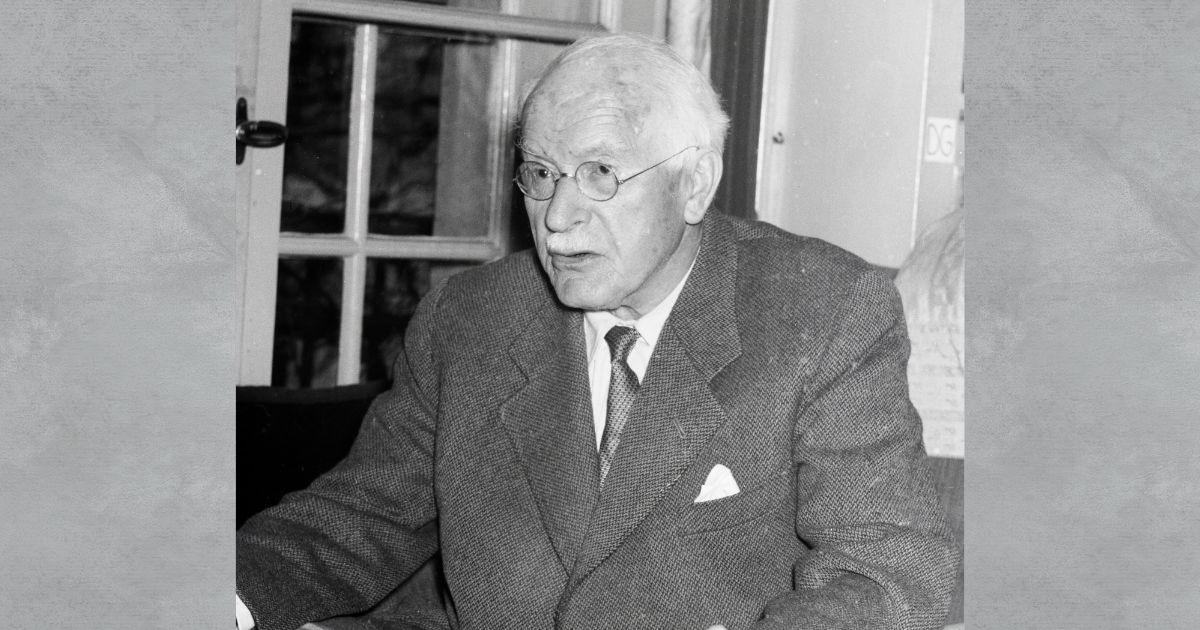How Indian traditions and the mandala influenced Carl Jung’s philosophy

In 1927, Carl Jung stood in his Zurich home, gripped by a vivid dream of a mandala, a radiant circle of intricate patterns, pulsing with meaning, which he later described in Memories, Dreams, Reflections as a “Window on Eternity”.
This vision, a map of the psyche’s quest for wholeness, became a cornerstone of his theories, deeply enriched by his 1938 journey through India’s spiritual heartland.
July 27 was Jung’s 150th birth anniversary. In today’s fractured world, Jung’s ideas, rooted in archetypes, the collective unconscious and the integration of opposites, feel more vital than ever.
Balance and meaning
Born in 1875 in a quiet Swiss village, Carl Gustav Jung was a psychiatrist, philosopher and mystic who saw the human psyche as a vast, dynamic universe. Unlike his mentor psychoanalyst Sigmund Freud, who viewed the mind as a battleground of repressed desires, Jung believed it was a living system striving for balance and meaning.
Jung’s core concepts – individuation, archetypes, the shadow self, and the collective unconscious – were deeply influenced by the ancient wisdom he found in India’s temples, texts and scholars.
In Zurich, Jung’s mandala dream echoed the sacred circles he saw in Hindu and Buddhist art. In these traditions, a mandala is far more than a geometric design. In Hinduism, it represents the cosmos, a map of divine order, often used...
Read more
News